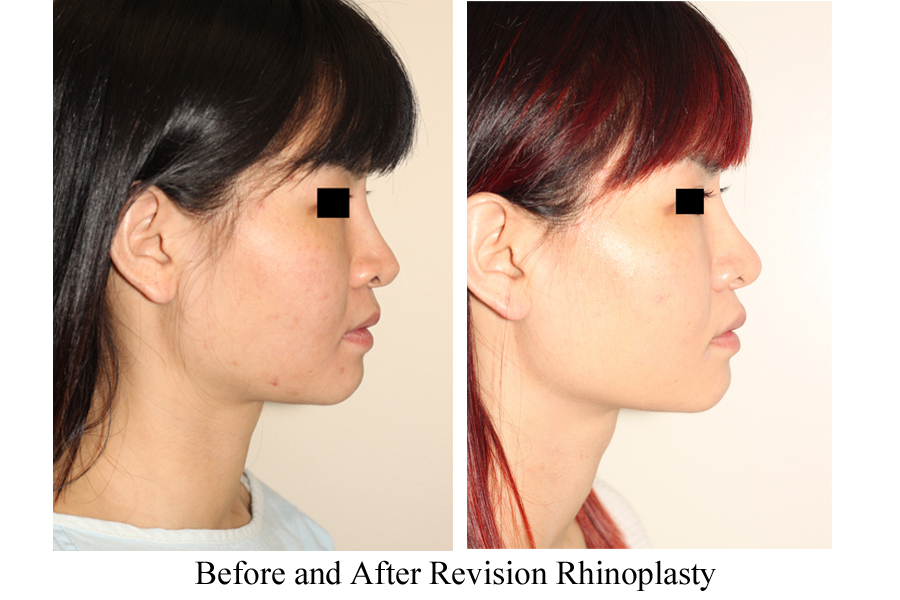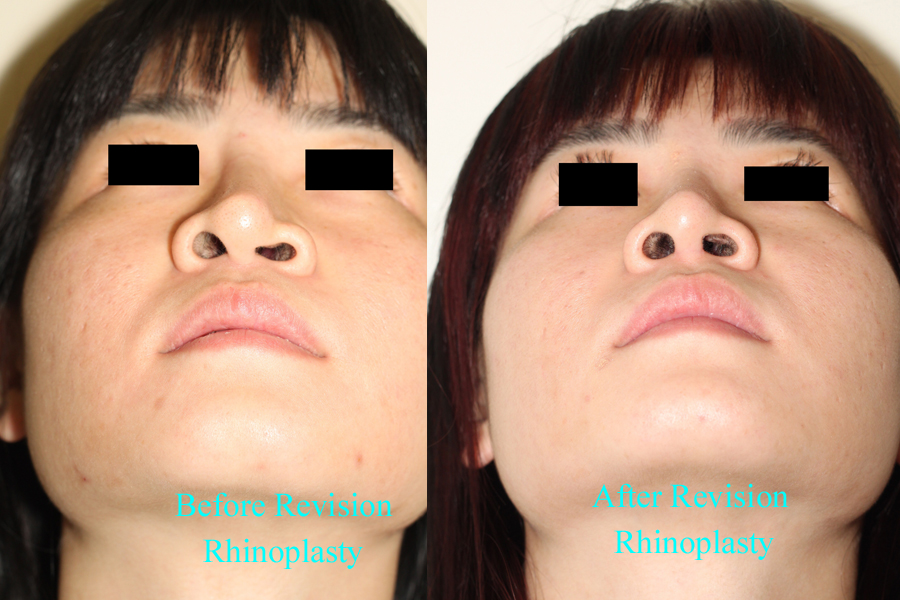Nasal augmentation – essentially making the nose larger – may be indicated if the bridge of the nose is too low or the tip of the nose too short. Generally, this is more common during Asian rhinoplasty and African American rhinoplasty. In many parts of the world, augmentation is achieved by using a silicone or silastic implant. These implants are inexpensive and readily available in a wide range of shapes and sizes. They can be inserted quickly with immediate and often pleasing results. So what’s the downside? There are several as it turns out, however, the main issues with these implants are that over time, the implant can shift and distort the nose. Also, if the implant chosen was too large to begin with, or the patient’s skin too fragile, the implant can actually work its way through the skin of the tip of the nose.
When performing augmentation rhinoplasty, my preference is to use the patient’s own cartilage where at all possible. If a synthetic/man-made implant is required to augment the bridge of the nose, I prefer a custom carved ePTFE (Goretex) implant that is specifically designed for each individual patient. At no time should the synthetic implant be allowed to contact directly the undersurface of the nasal tip skin. The result is a long-lasting and safe nasal augmentation.



